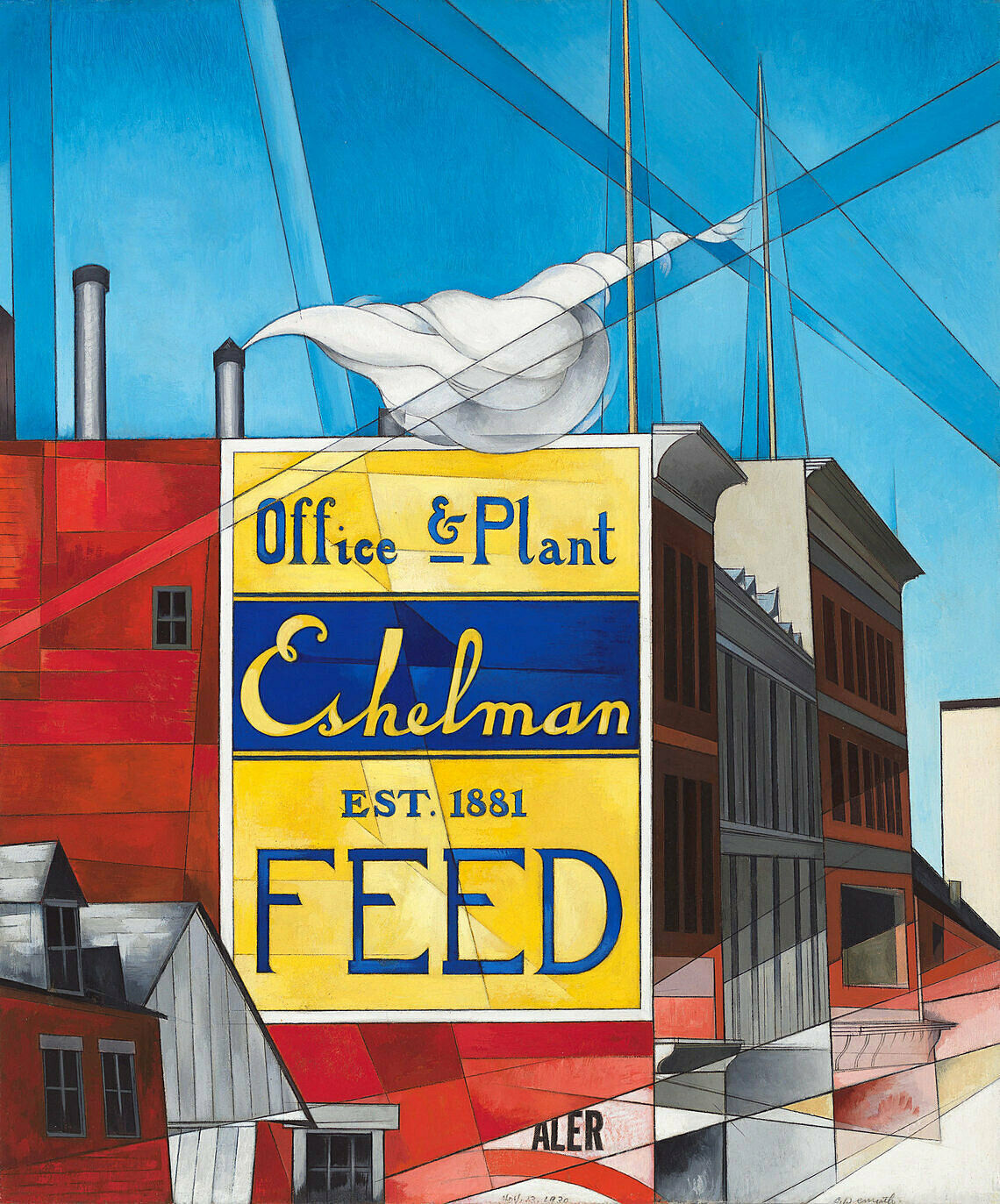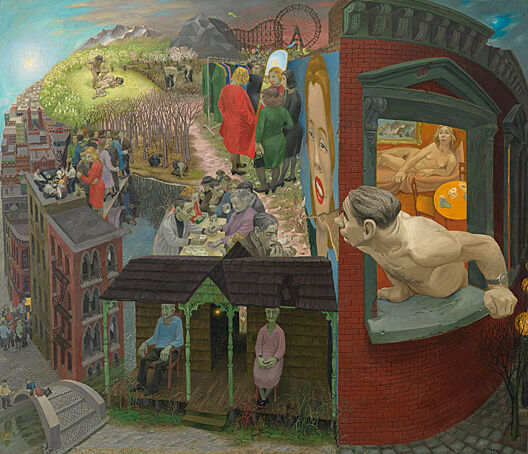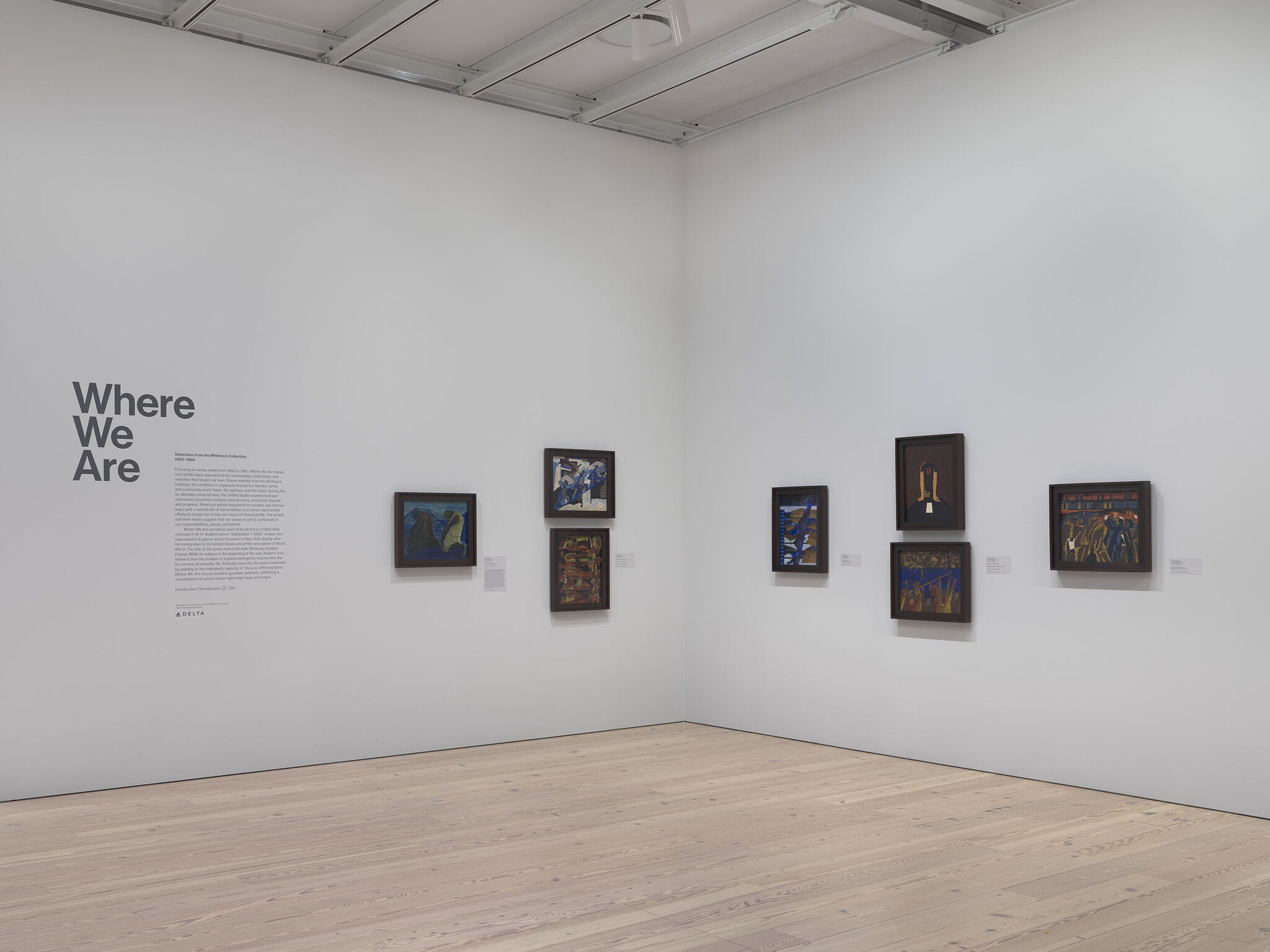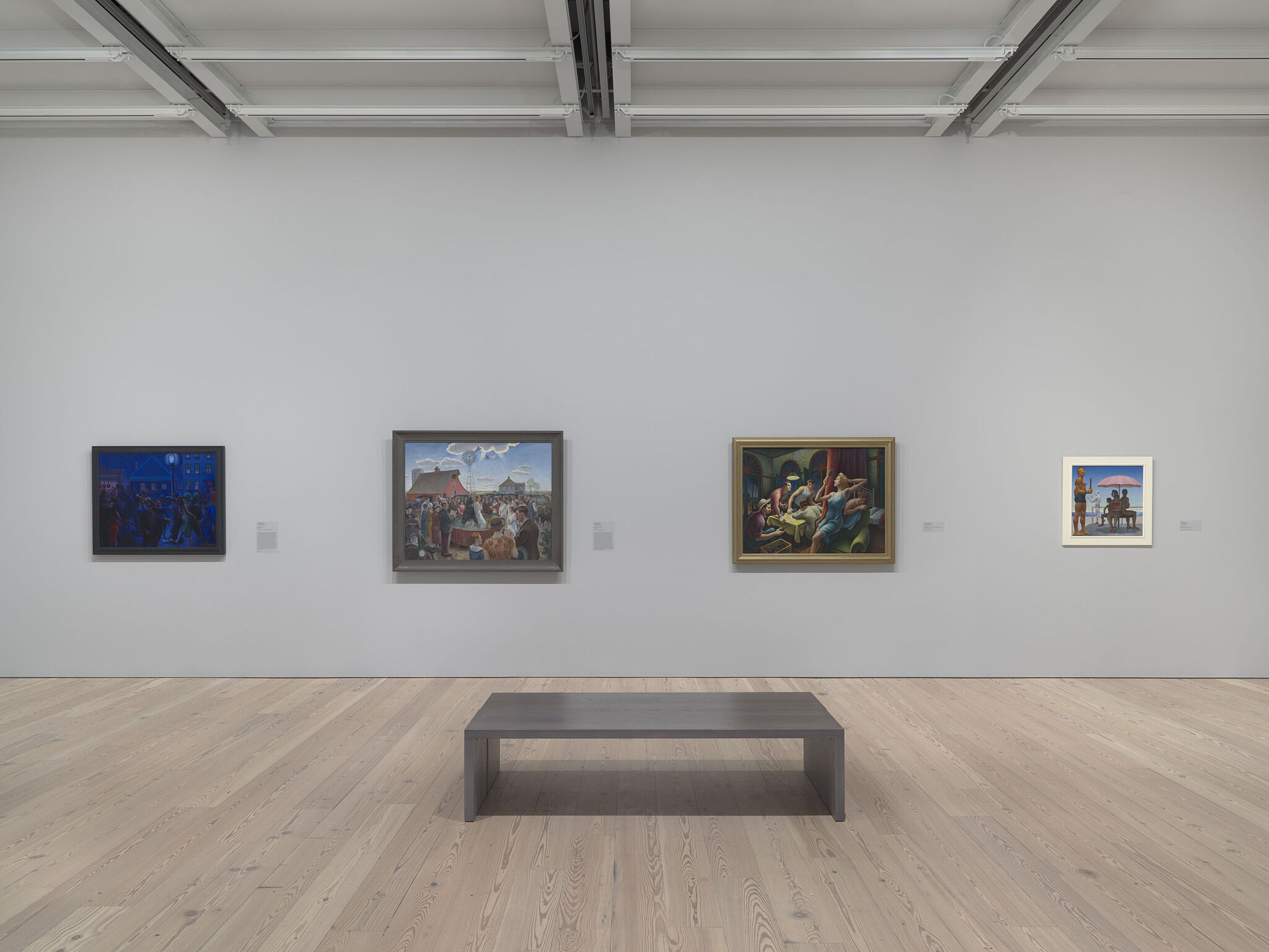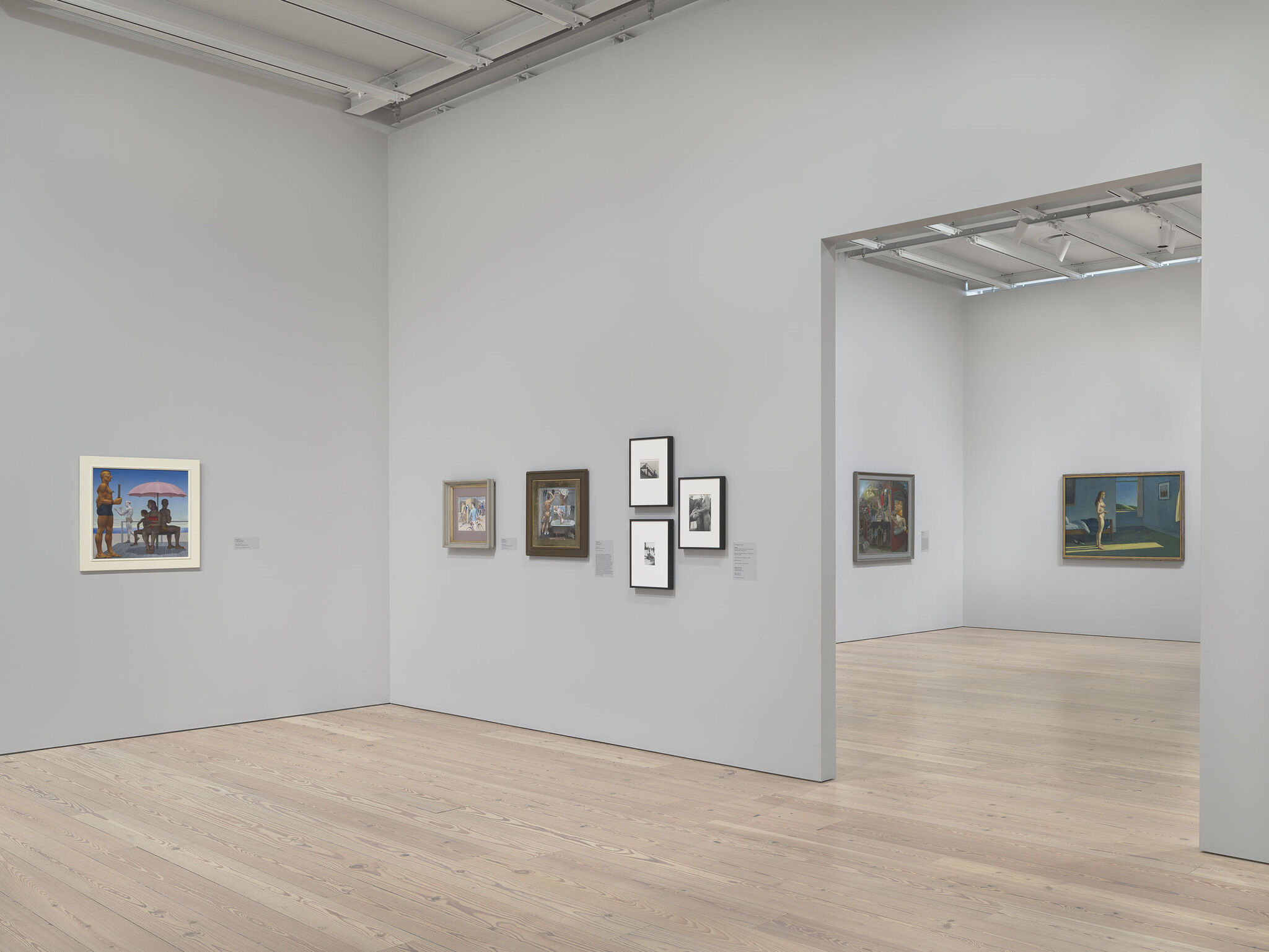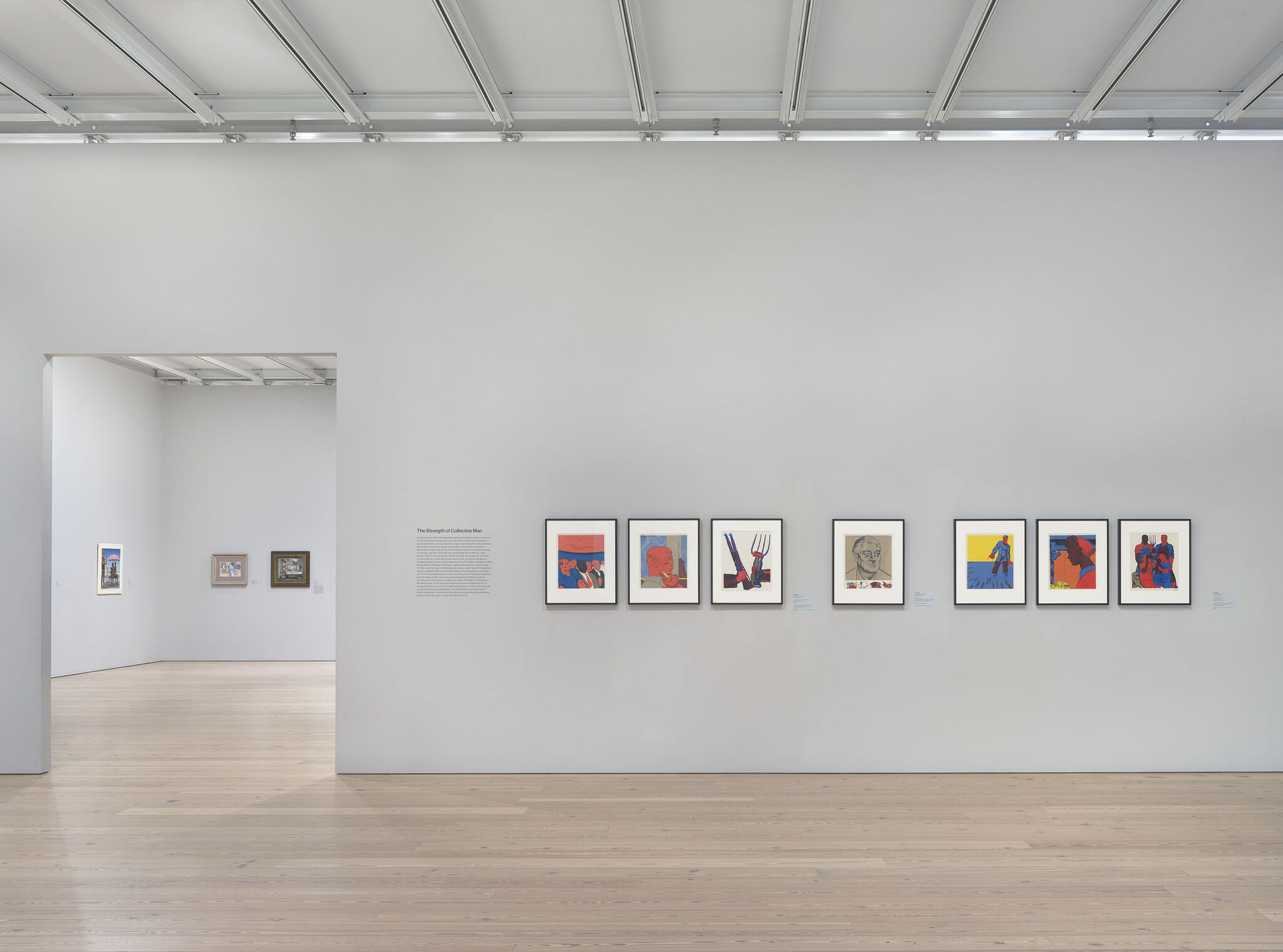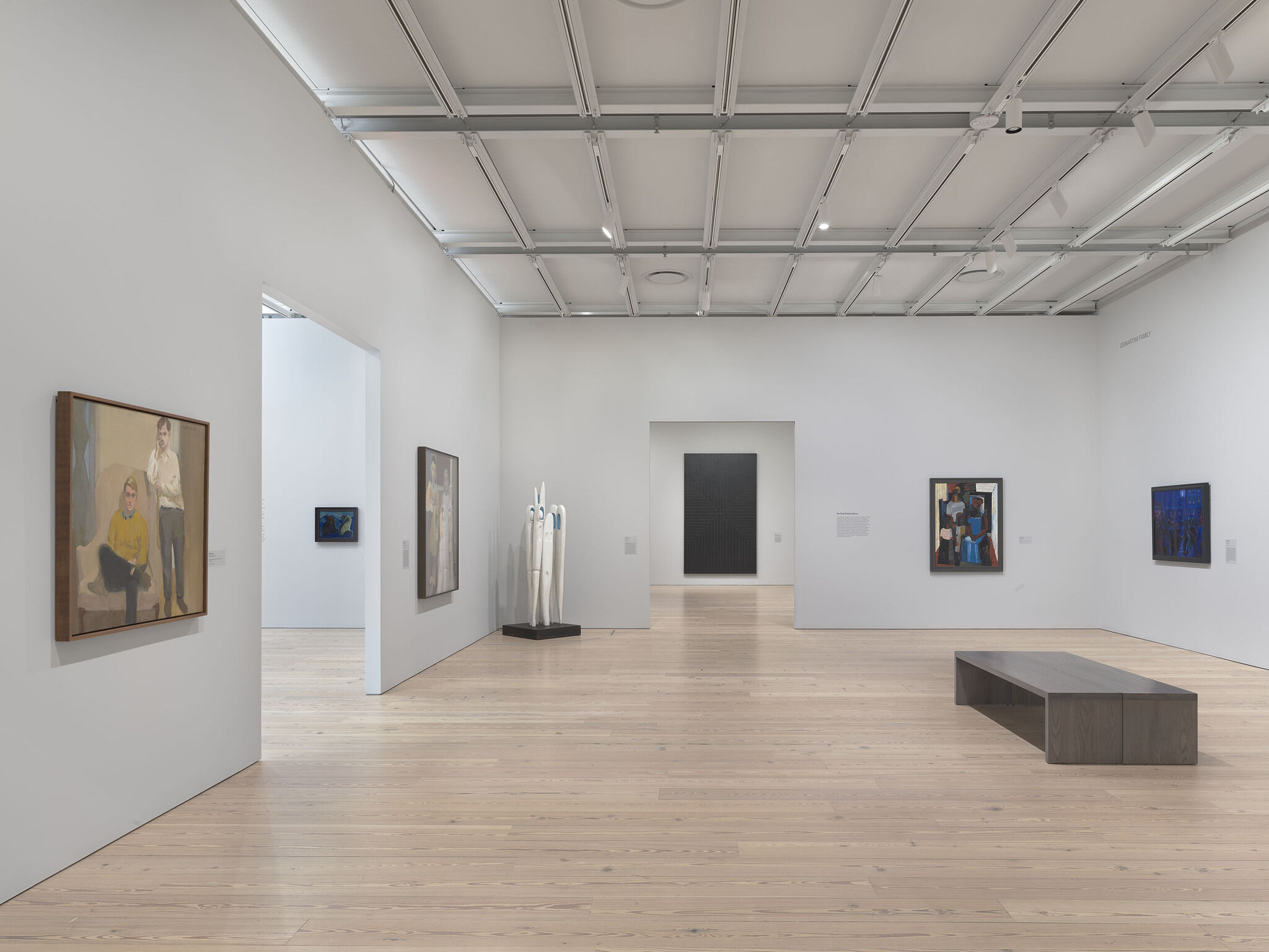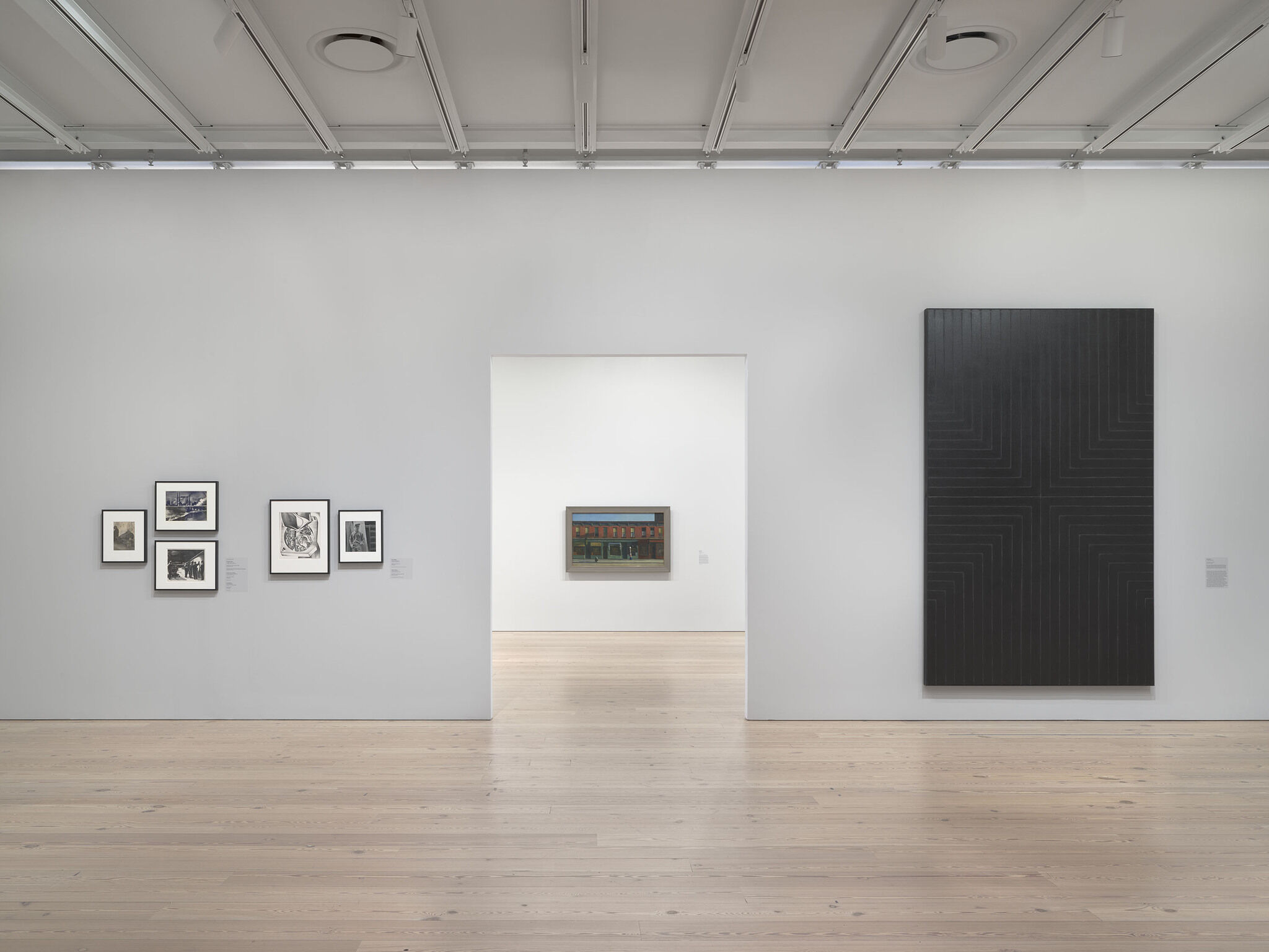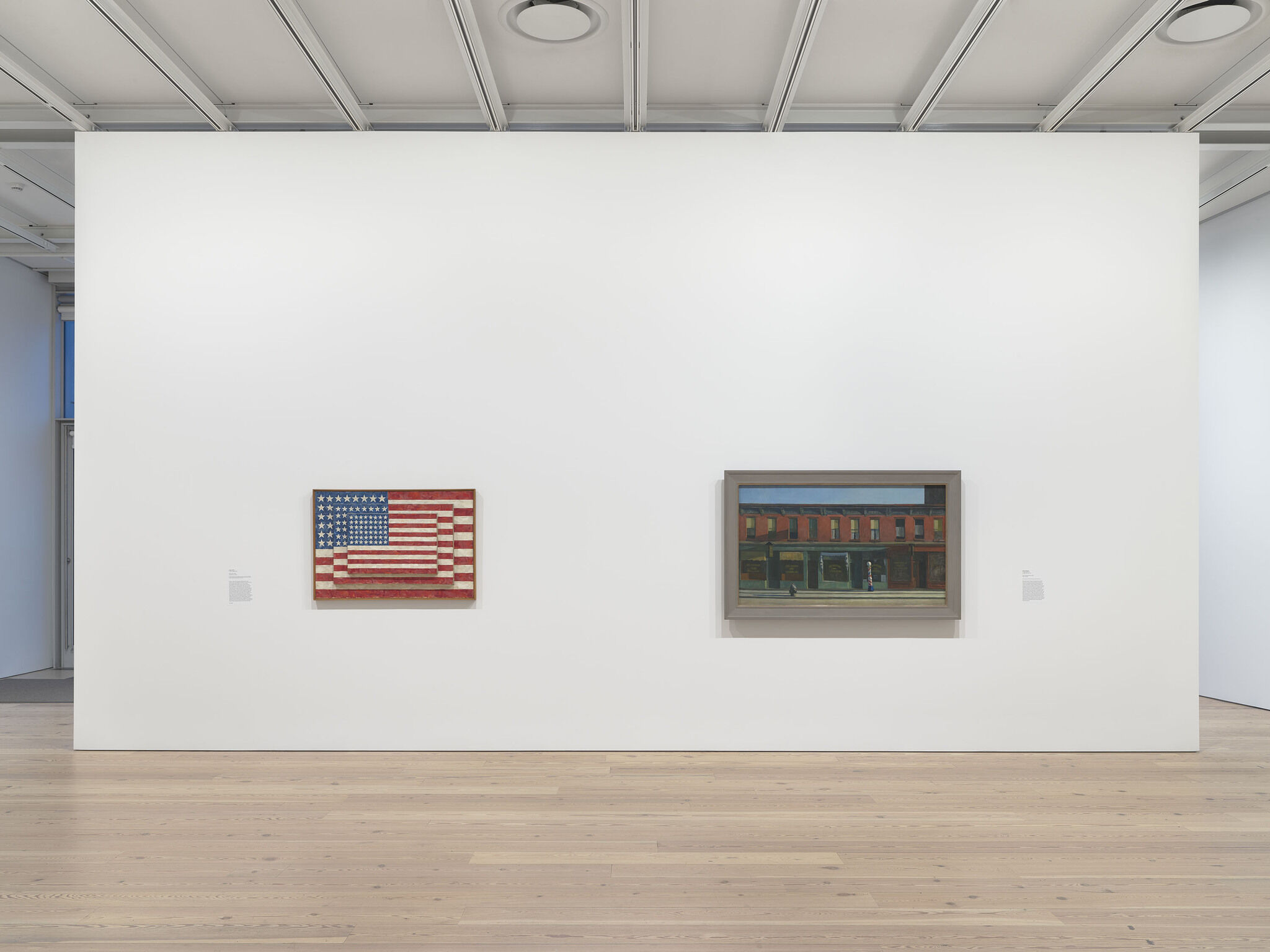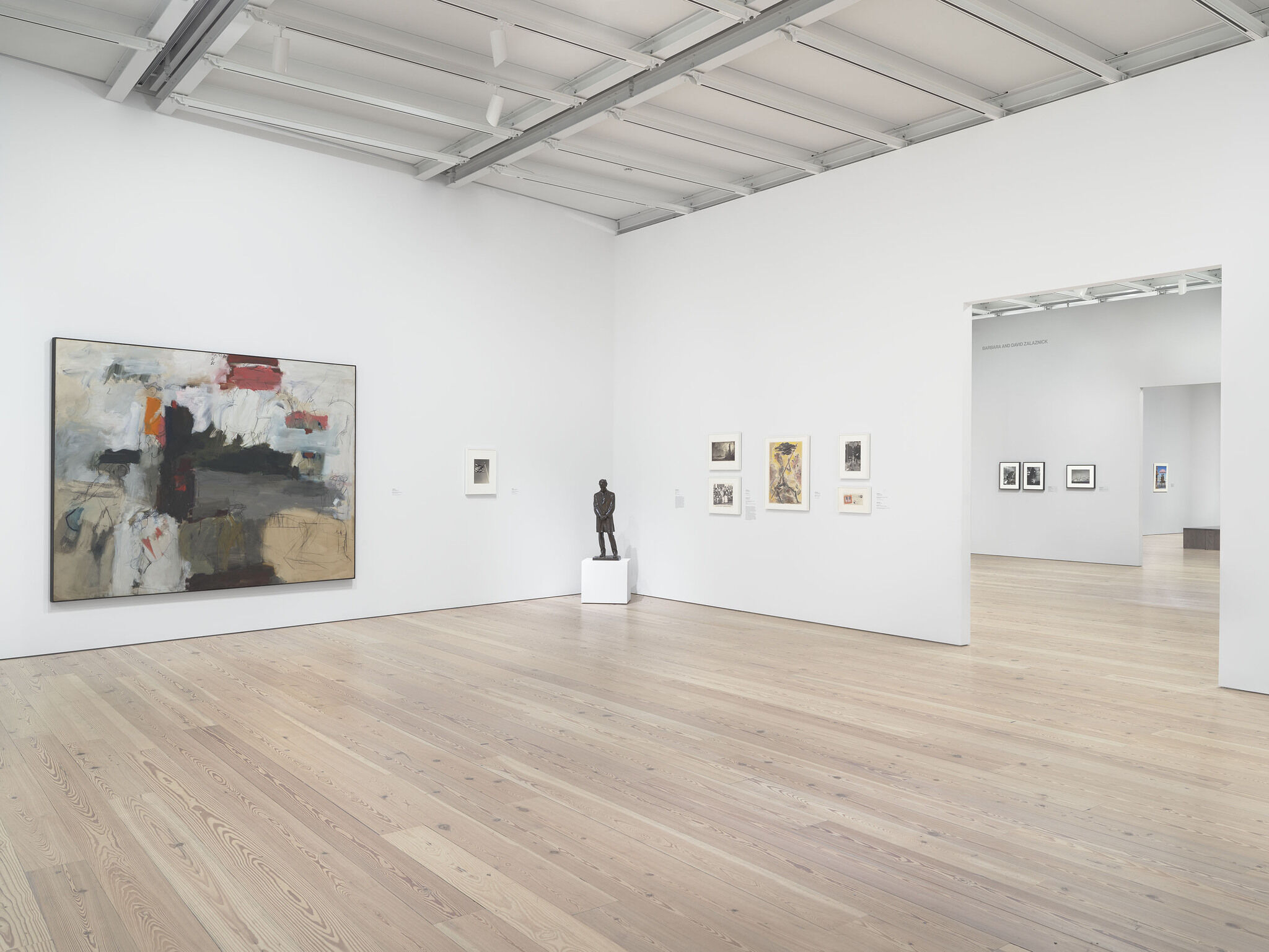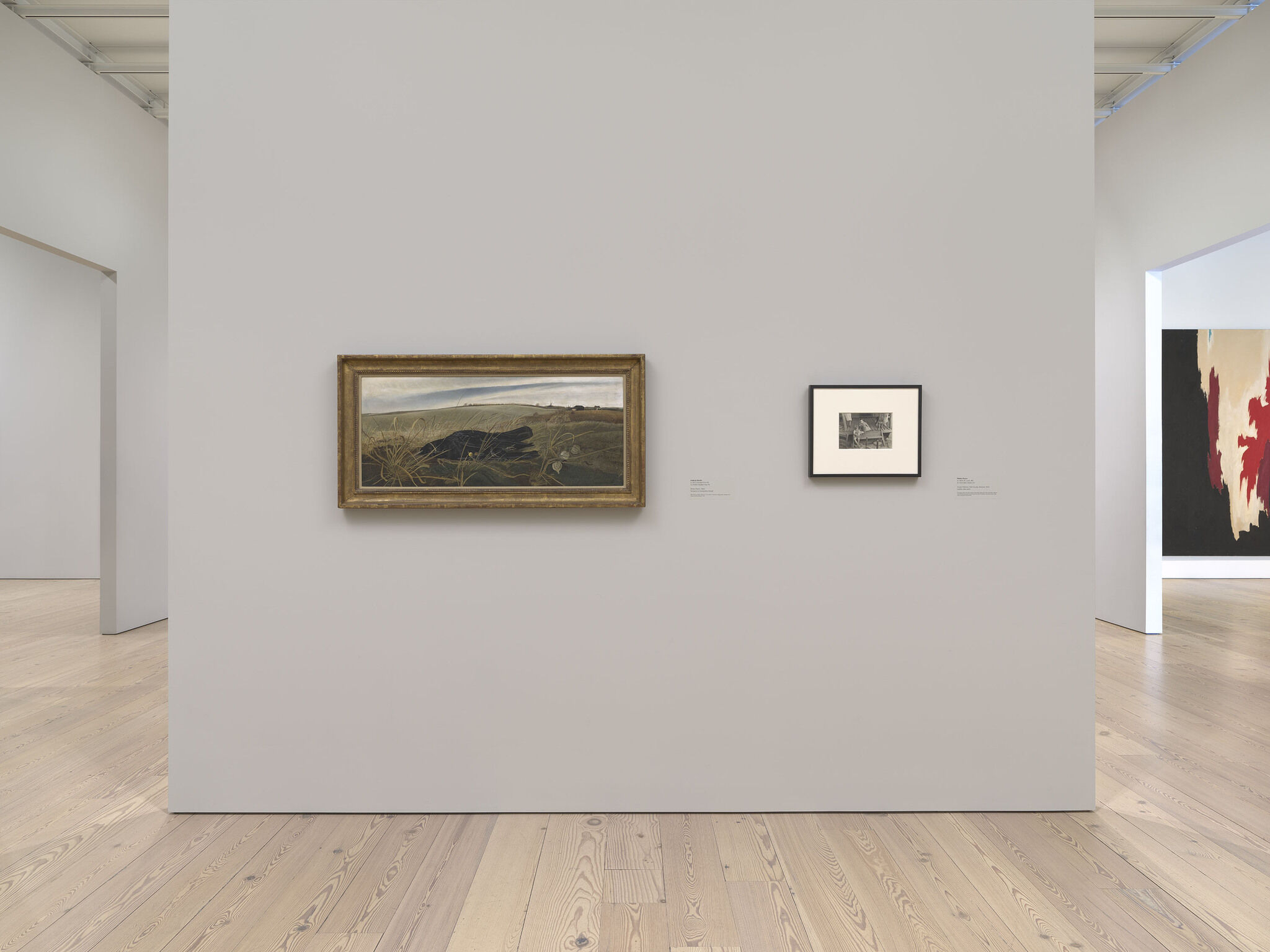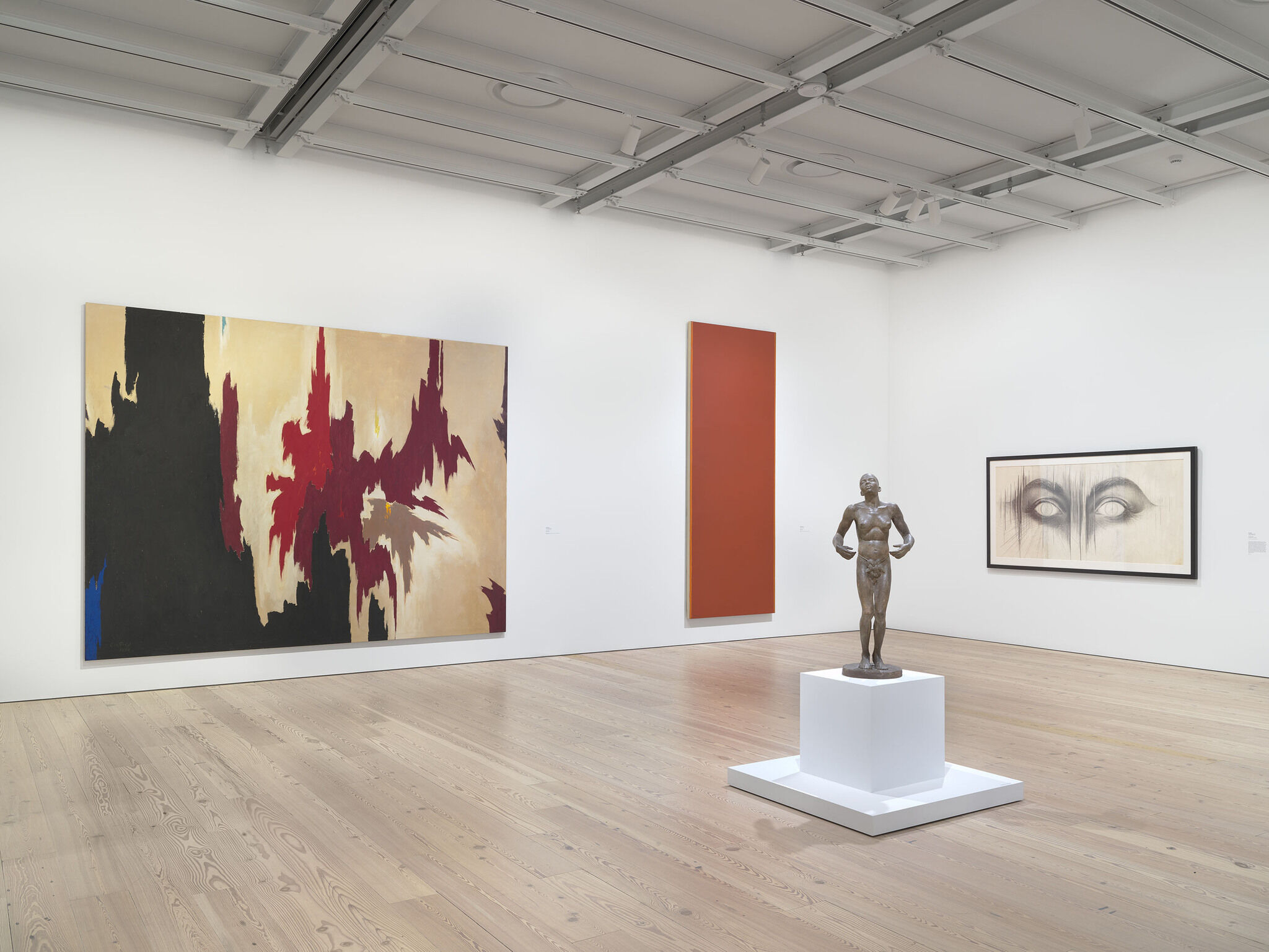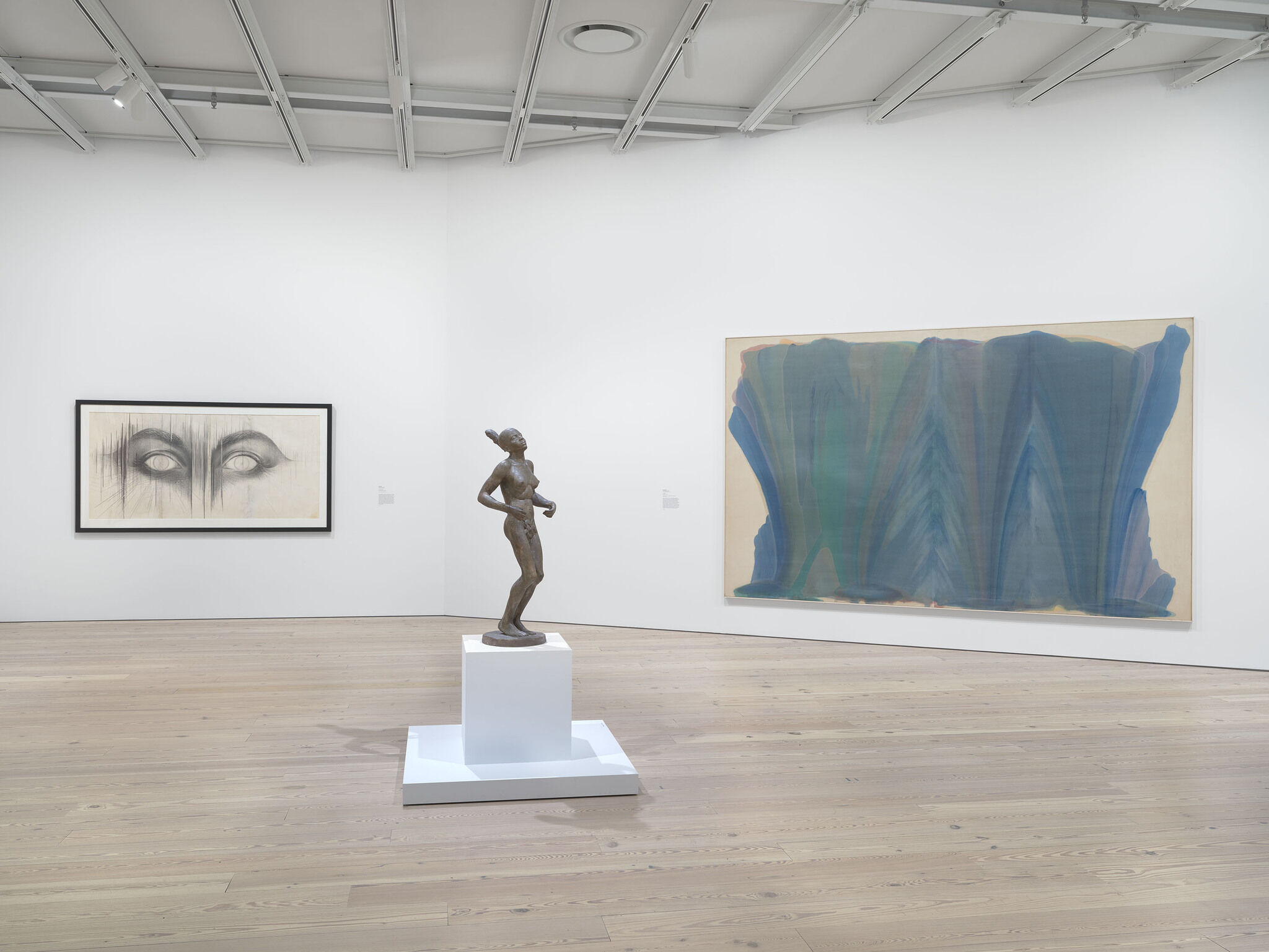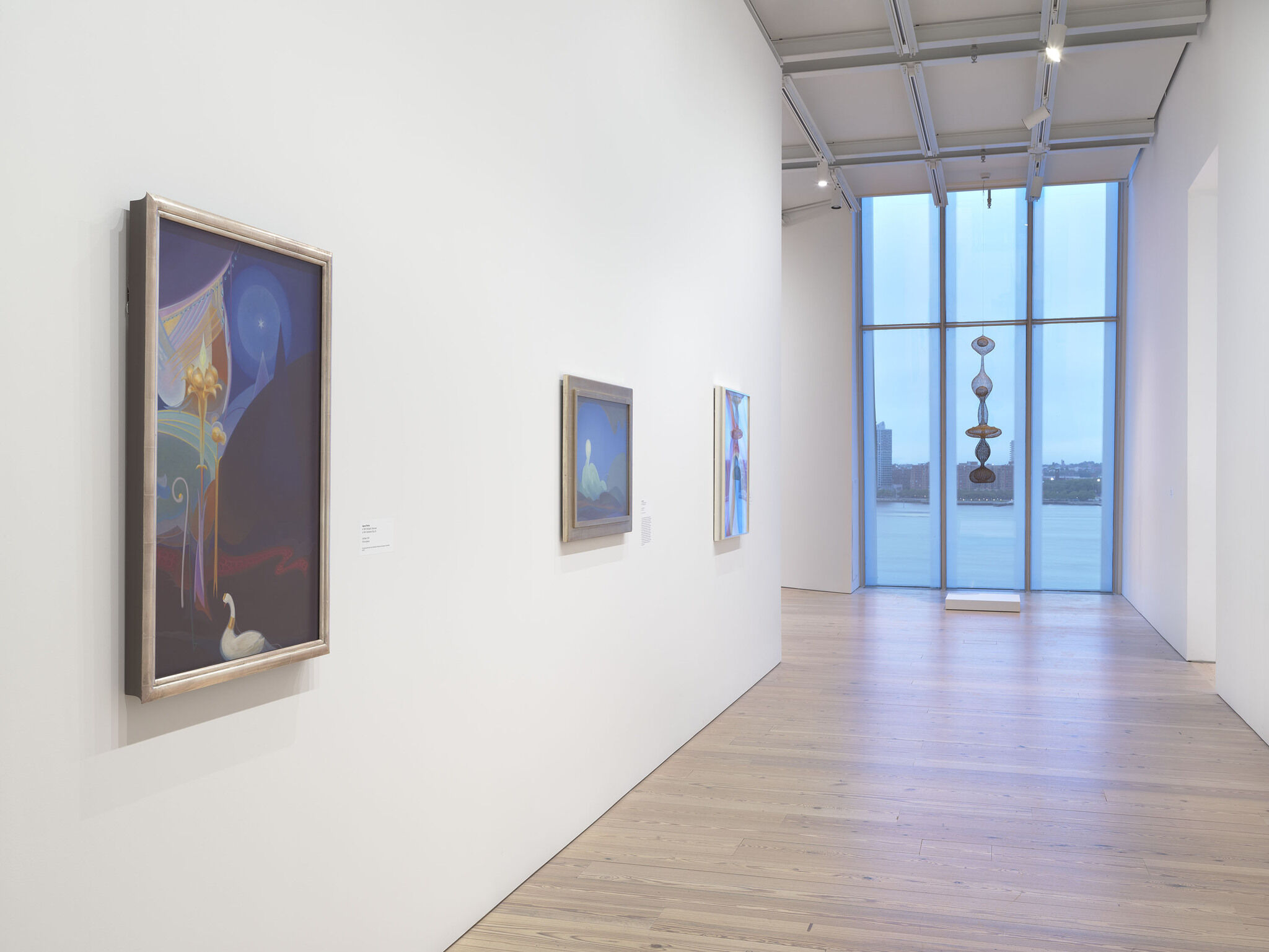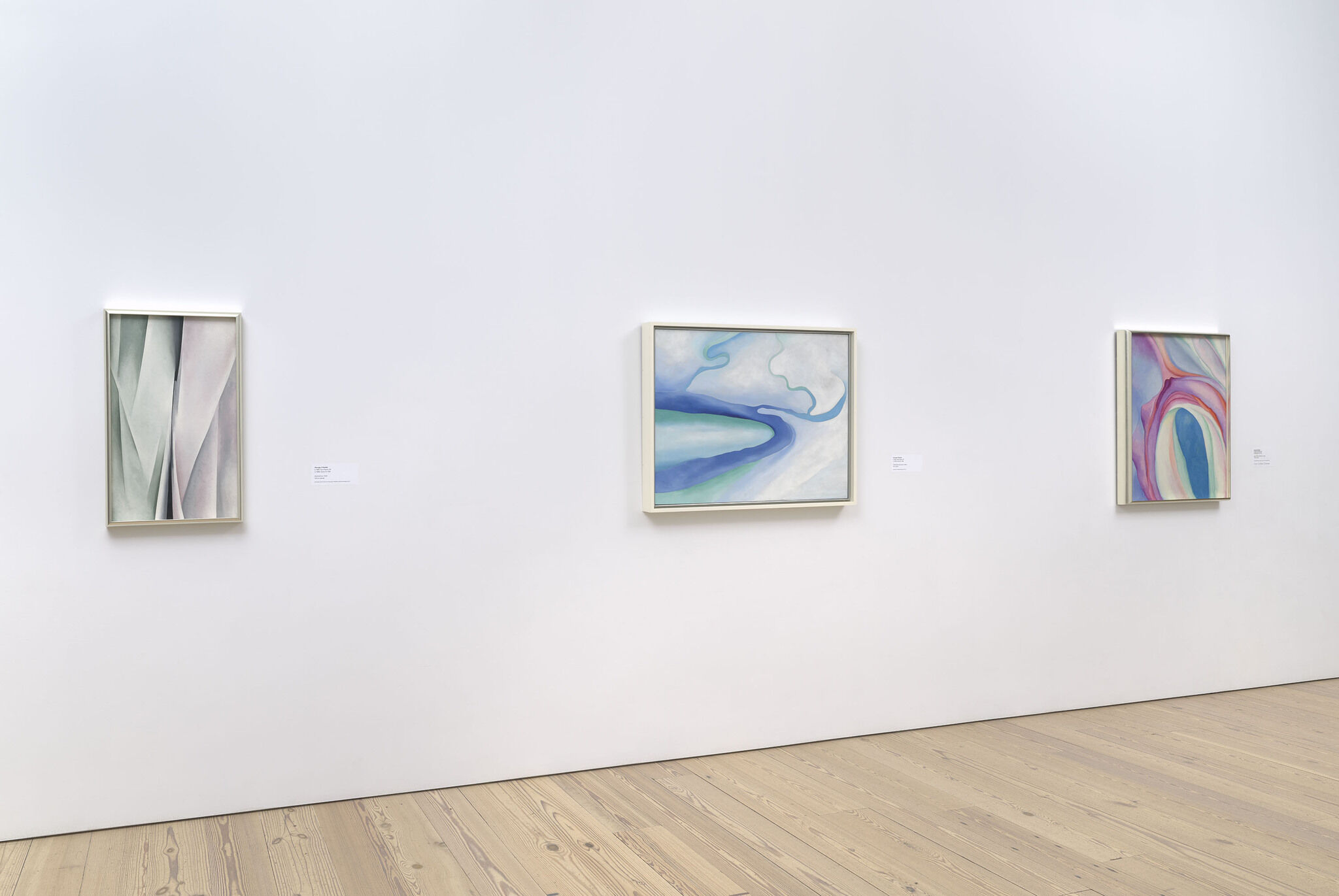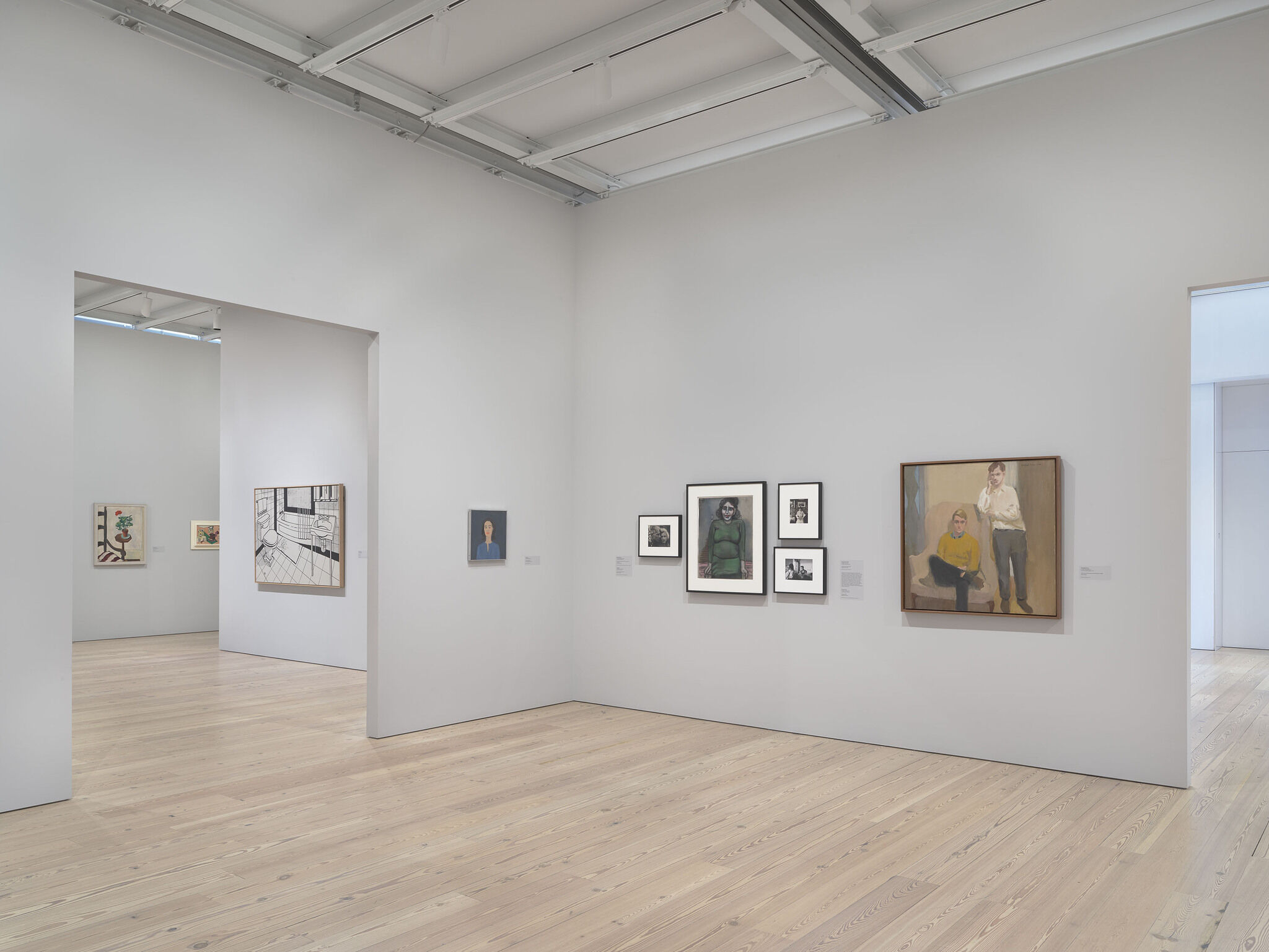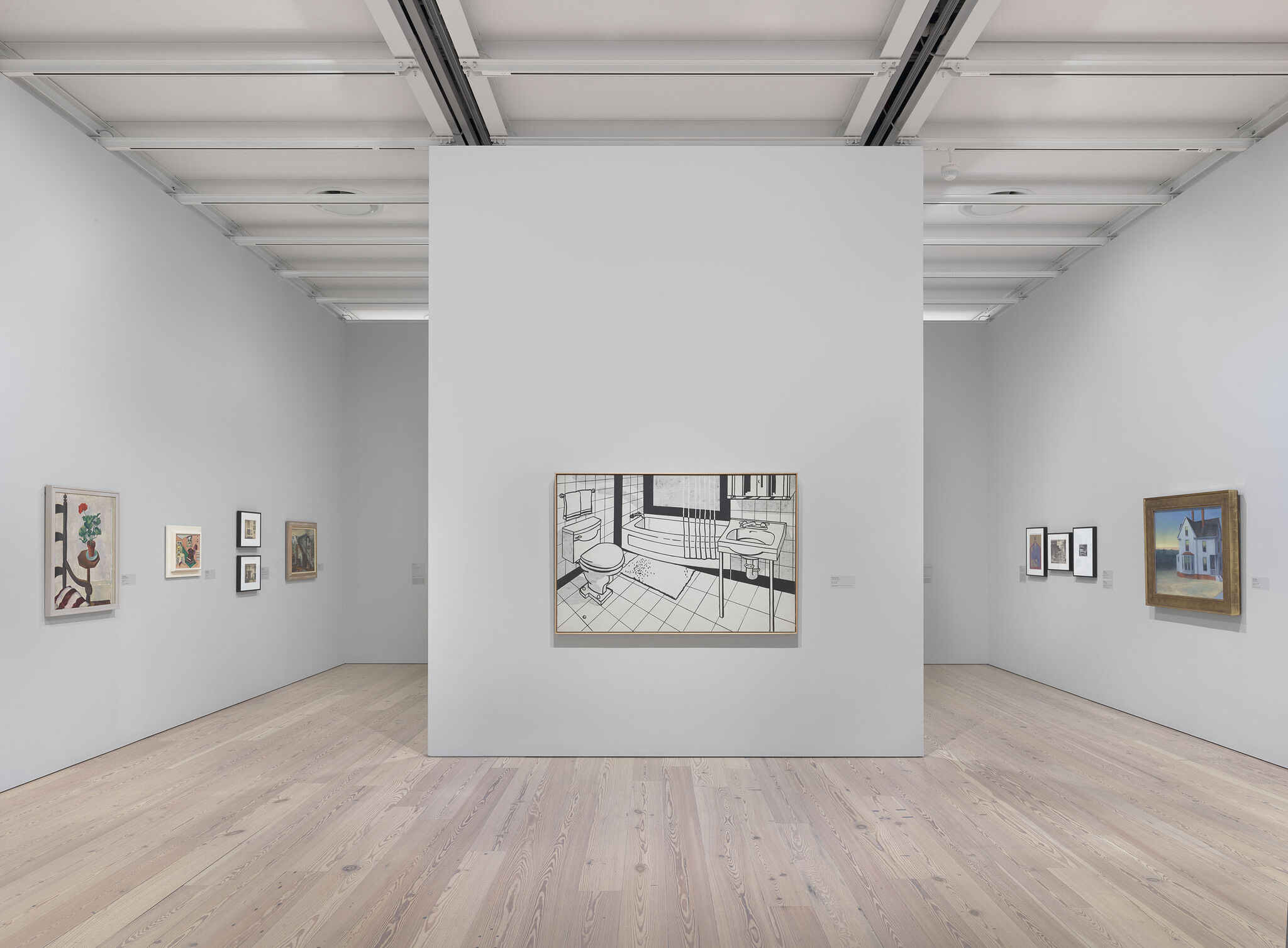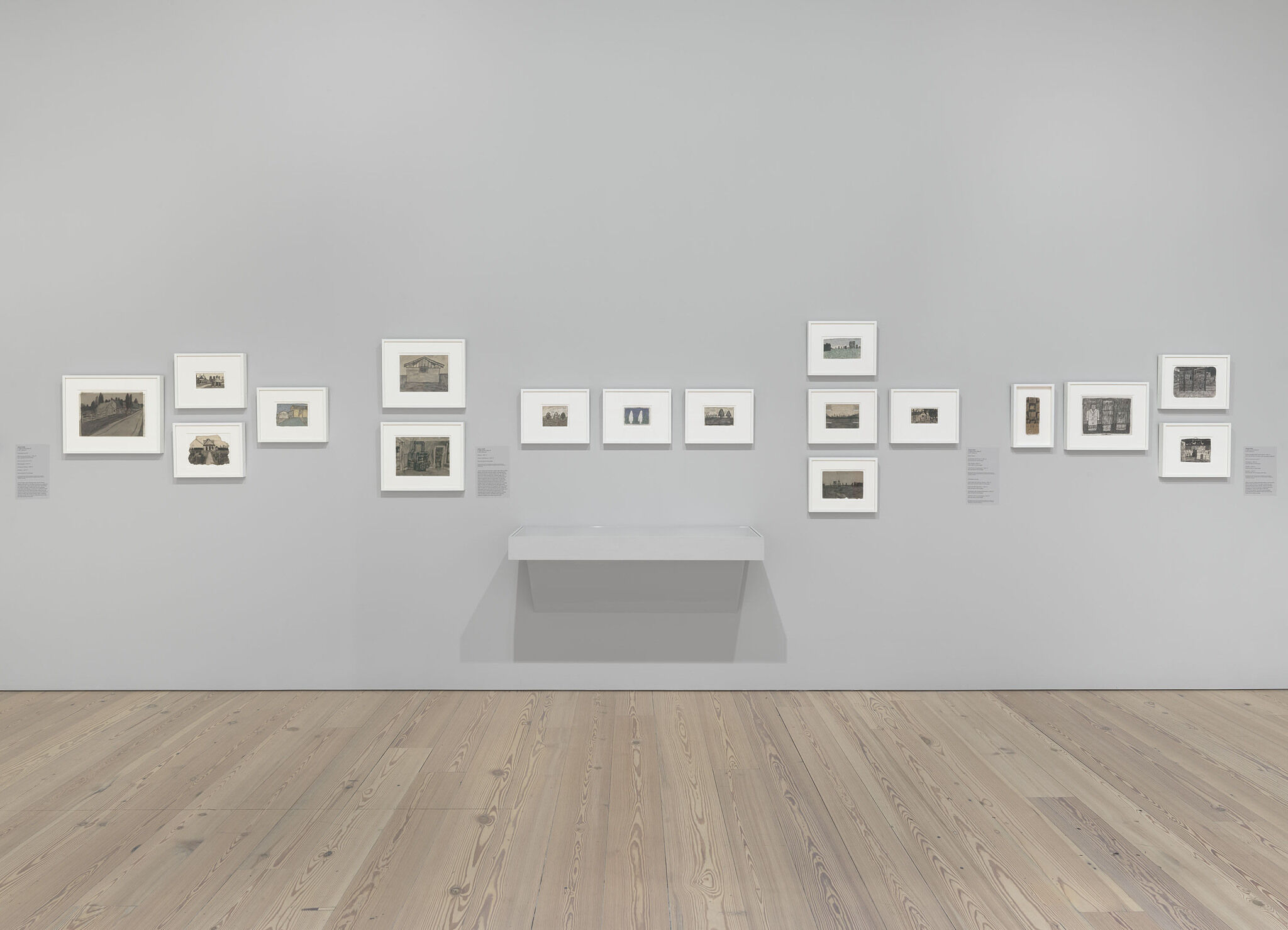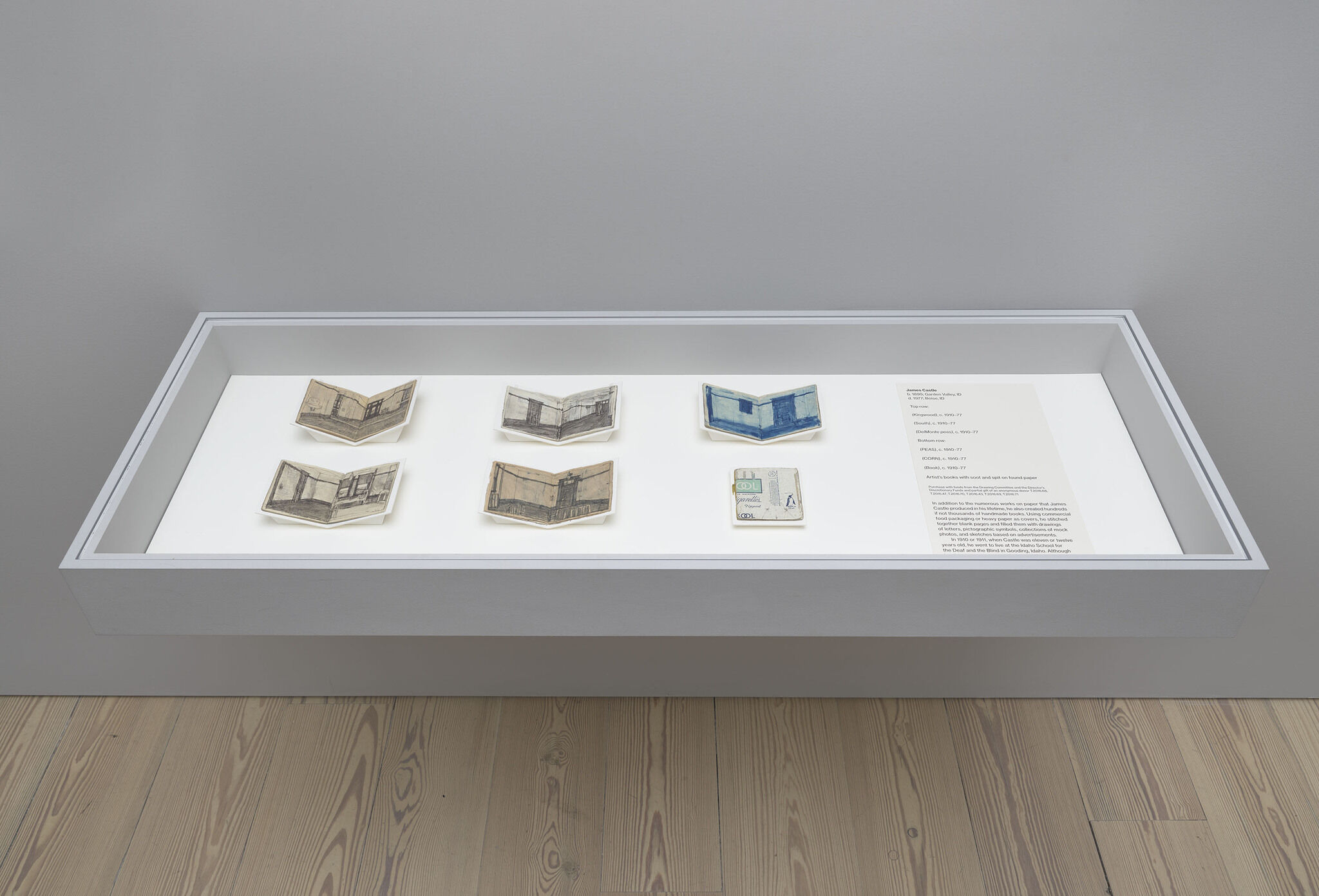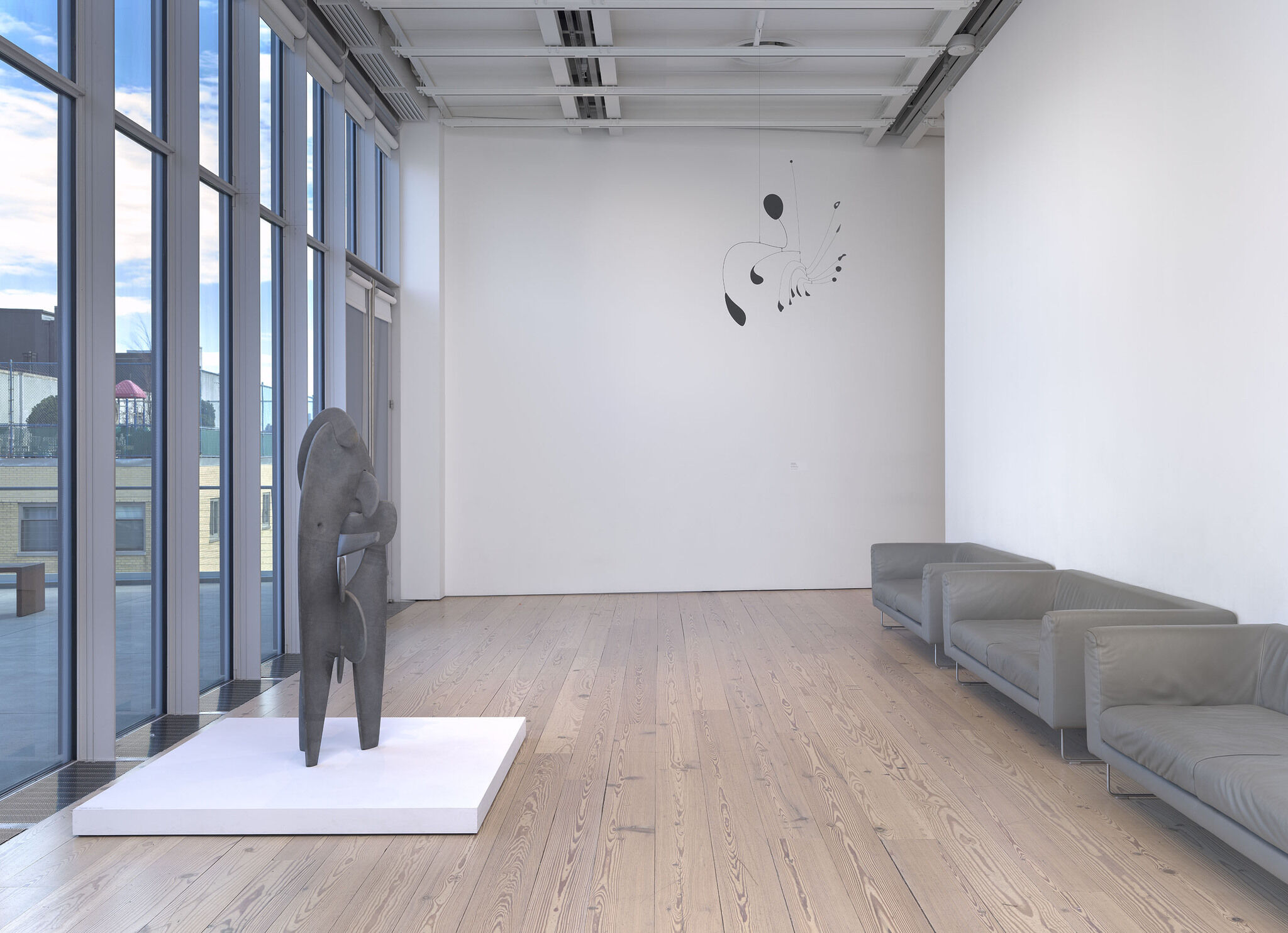Where We Are: Selections from the Whitney’s Collection, 1900–1960
Apr 28, 2017–June 2, 2019
Focusing on works made from 1900 to 1960, Where We Are traces how artists have approached the relationships, institutions, and activities that shape our lives. Drawn entirely from the Whitney’s holdings, the exhibition is organized around five themes: family and community, work, home, the spiritual, and the nation. During the six decades covered here, the United States experienced war and peace, economic collapse and recovery, and social discord and progress. American artists responded in complex and diverse ways, and a central aim of the exhibition is to honor each artist’s efforts to create her or his own vision of American life. The artists and their works suggest that our sense of self is composed of our responsibilities, places, and beliefs.
Where We Are, as well as each of its sections, is titled after a phrase in W. H. Auden’s poem “September 1, 1939.” Auden, who was raised in England, wrote the poem in New York shortly after his immigration to the United States and at the very outset of World War II. The title of the poem marks the date Germany invaded Poland. While its subject is the beginning of the war, Auden’s true theme is how the shadow of a global emergency reaches into the far corners of everyday life. Although mournful, the poem concludes by pointing to the individual’s capacity to “show an affirming flame.” Where We Are shares Auden’s guarded optimism, gathering a constellation of artists whose light might lead us forward.
Where We Are is organized by David Breslin, DeMartini Family Curator and Director of the Collection, with Jennie Goldstein, assistant curator, and Margaret Kross, curatorial assistant.
Where We Are: Selections from the Whitney’s Collection, 1900–1960 is sponsored by
The Furniture of Home
2
From a site of retreat to a repository for the objects with which we identify, the home can serve as a window into the period when an artwork was made, a stand-in for its inhabitants, or a symbol of the class of its residents. Works that depict ordinary objects—for example, a stove in James Castle’s drawings or in a painting by Beauford Delaney—suggest that each of us sees our own home uniquely: even though our things might be in common, our experiences of them are not. These works call into question what a term like everyday life means. The home’s interior also can act as a metaphor for the space of fantasy. Edward Hopper’s A Woman in the Sun (1961) and Henry Koerner’s Mirror of Life (1946) use the domestic scene to stage the rich inner life of each painting’s protagonist. Hopper’s New York Interior (c. 1921) captures the privacy and intimacy that being at home can afford while other works in this gallery acknowledge that a traditional home is not a given. Depictions of the incarcerated and the displaced reveal the domestic lives of a large, if underrepresented, American population. The works on view here raise questions about what home looks like and how it makes us who we are.
Artists
- Charles Henry Alston
- Diane Arbus
- Ruth Asawa
- George C. Ault
- Richmond Barthé
- Thomas Hart Benton
- Wallace Berman
- Henry Billings
- Ilse Bing
- Louise Bourgeois
- Margaret Bourke-White
- Bernarda Bryson Shahn
- Charles Burchfield
- Jacob Burck
- Paul Cadmus
- Alexander Calder
- James Castle
- Elizabeth Catlett
- Nicolai Cikovsky
- Richard Correll
- Ralston Crawford
- John Steuart Curry
- Jay DeFeo
- Charles Demuth
- Elsie Driggs
- Mabel Dwight
- Minnie Evans
- Walker Evans
- Andreas Feininger
- Robert Frank
- Daniel Chester French
- Jared French
- Margaret French
- (Samuel) Wood Gaylor
- Hugo Gellert
- William Glackens
- Arshile Gorky
- George Grosz
- Marsden Hartley
- Palmer Hayden
- Edward Hopper
- Victoria Hutson Huntley
- Jasper Johns
- Alex Katz
- Ellsworth Kelly
- Rockwell Kent
- Henry Koerner
- Dorothea Lange
- Jacob Lawrence
- Helen Levitt
- Roy Lichtenstein
- Jerome Liebling
- Morris Louis
- Louis Lozowick
- George Platt Lynes
- Kyra Markham
- Reginald Marsh
- Archibald John Motley, Jr.
- Alice Neel
- Barnett Newman
- Isamu Noguchi
- Georgia O'Keeffe
- PaJaMa
- Gordon Parks
- Agnes Pelton
- Joseph Pennell
- Fairfield Porter
- Larry Rivers
- Mark Rothko
- Edward Ruscha
- Katherine Schmidt
- Ben Shahn
- Charles Sheeler
- David Smith
- Isaac Soyer
- Raphael Soyer
- Edward Steichen
- Frank Stella
- Joseph Stella
- Florine Stettheimer
- Alfred Stieglitz
- Clyfford Still
- Paul Strand
- George Tooker
- Bill Traylor
- Herman Trunk, Jr.
- James B. Turnbull
- James Van Der Zee
- Abraham Walkowitz
- Andy Warhol
- Weegee
- Brett Weston
- Hale Aspacio Woodruff
- Andrew Wyeth
Events
View all-
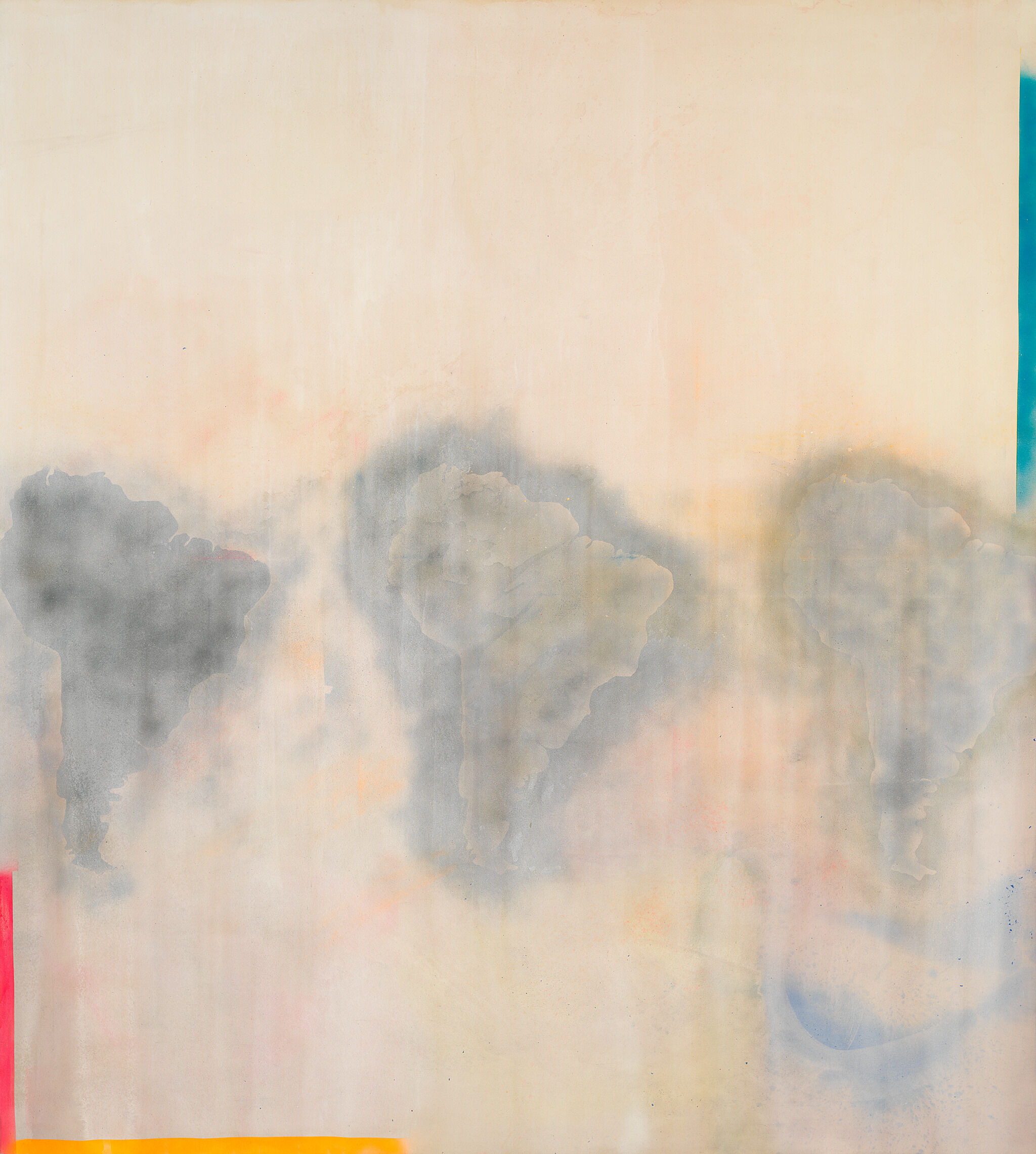
Ethics of Looking
Repeats
Saturday, April 27, 2019
4:30 pm -
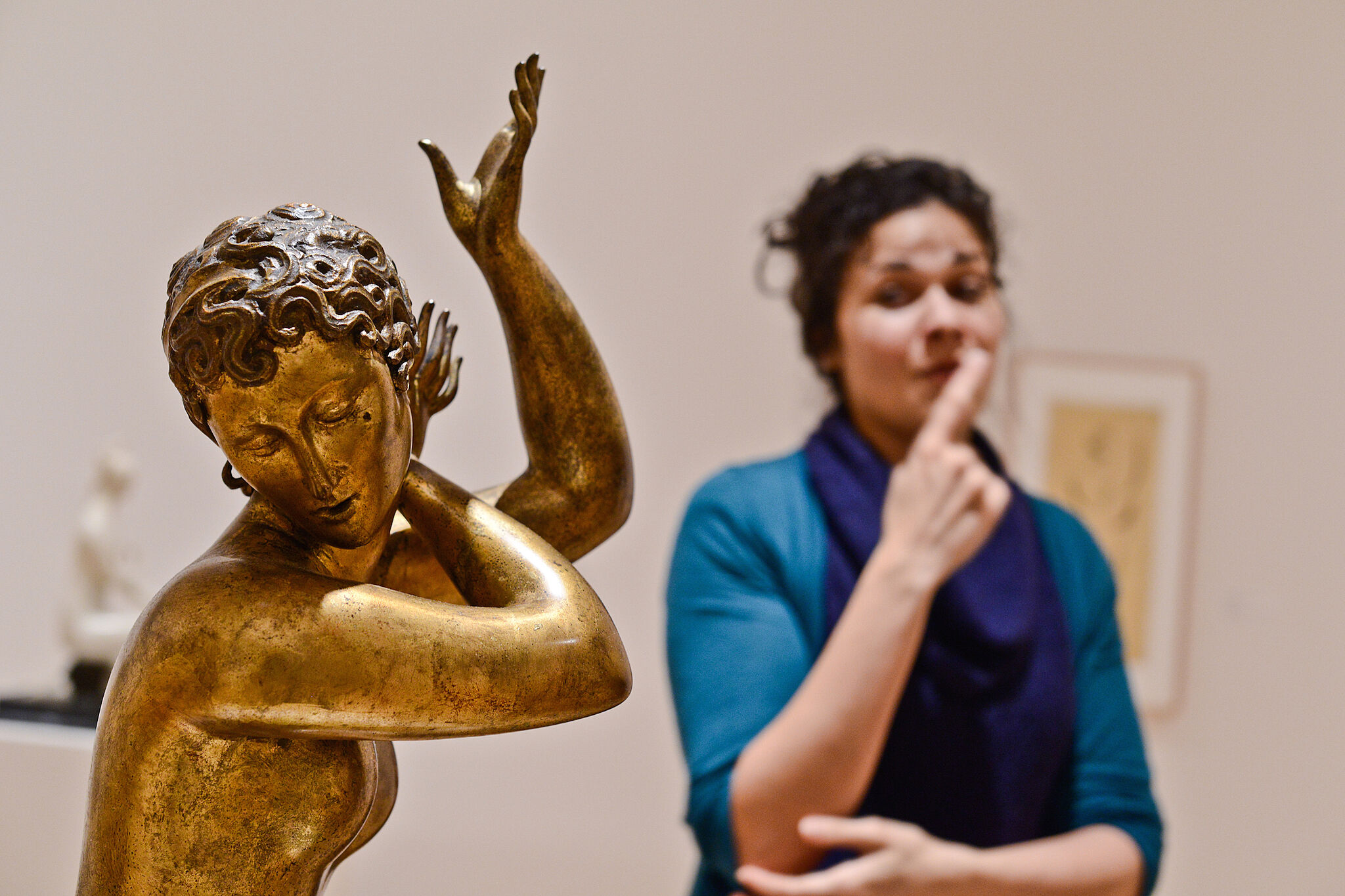
Whitney Signs: Where We Are: Selections from the Whitney’s Collection, 1900–1960
Saturday, January 12, 2019
4–6 pm -
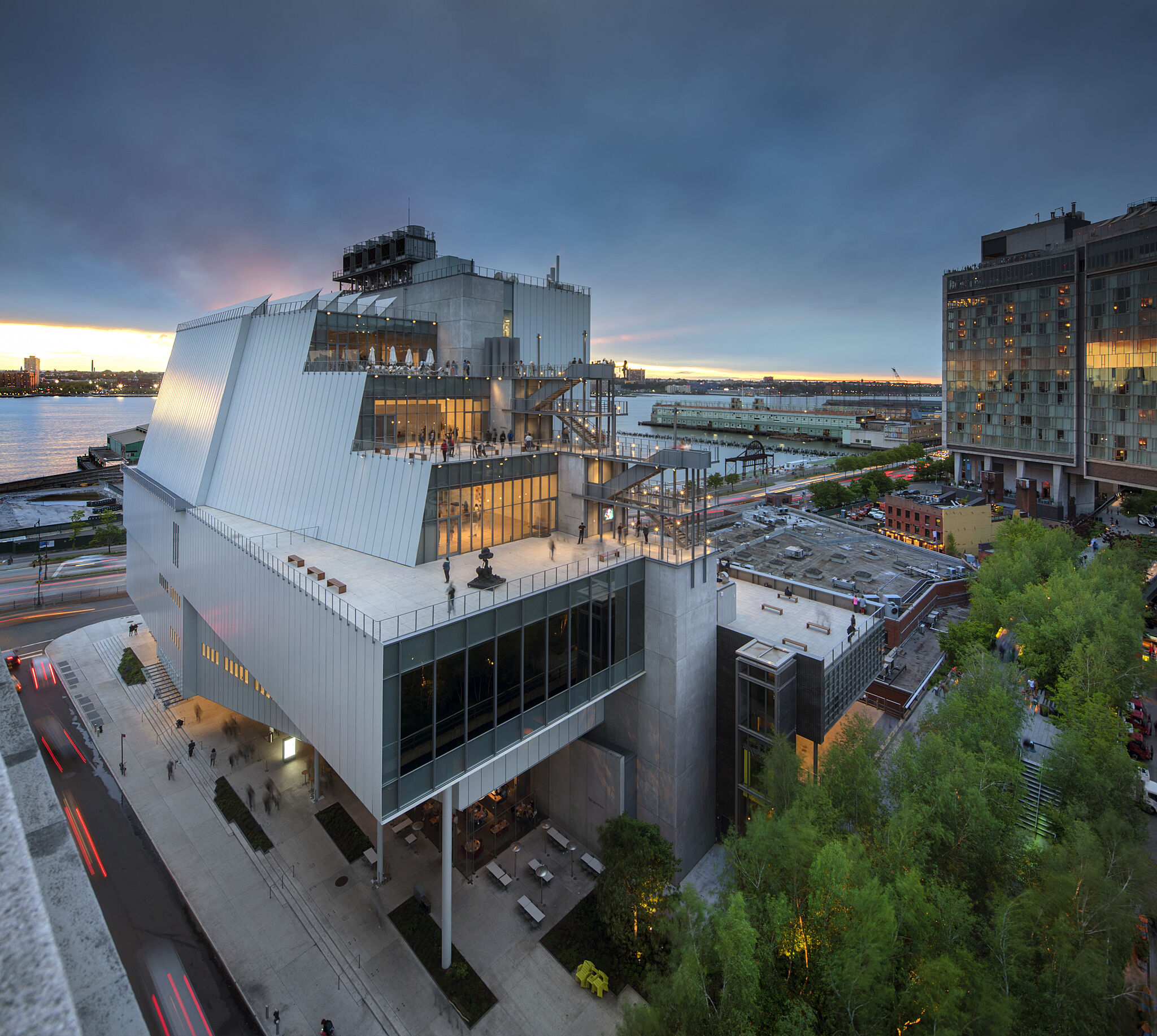
Member Night
Wednesday, December 5, 2018
7:30–10 pm -
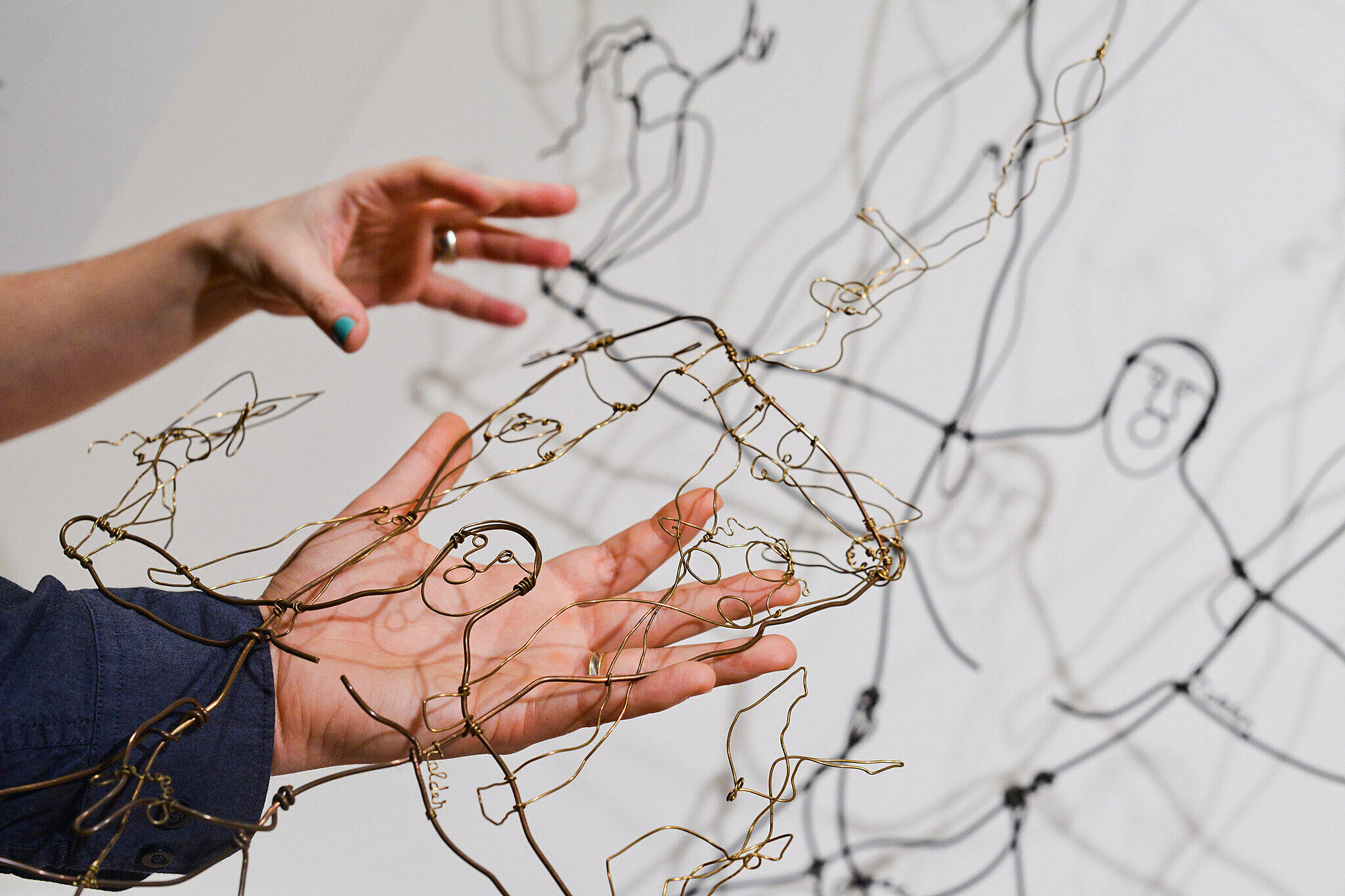
Verbal Description and Touch Tour: Where We Are: Selections from the Whitney’s Collection, 1900–1960
Friday, October 19, 2018
10–11:30 am
Mobile guides
Hear directly from artists and curators on selected works from Where We Are: Selections from the Whitney’s Collection, 1900–1960.
Explore works from this exhibition
in the Whitney's collection
View 262 works
In the News
“This stunning installation organized by David Breslin with Jennie Goldstein and Margaret Kross depicts another tumultuous time in American history.”
—The Villager
"The show examines how American artists responded in complex and diverse ways to these events and to simultaneously honor each artist’s efforts to create her or his own vision of American life."
—Artinfo

